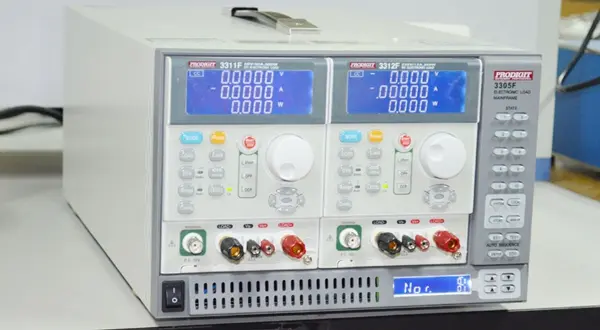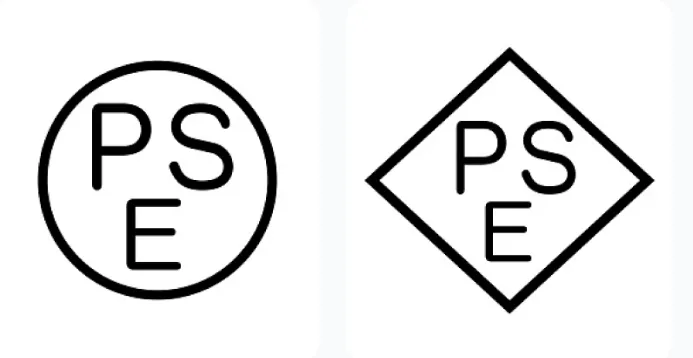
What Are the EMC Test Items for Lighting Fixtures?
Electromagnetic Compatibility (EMC) refers to the ability of electronic devices to operate normally in an electromagnetic environment without causing interference to other devices. In modern electronic equipment, electromagnetic compatibility has become a crucial performance indicator.

The main EMC test items for lighting fixtures include:
- Conducted Emission Test (CE)
- radiated emission test (RE)
- Harmonic Current Test (Harmonic)
- Voltage Fluctuation and Flicker Test (Flicker)
- Electrostatic Discharge Immunity Test (ESD)
- Radiated Immunity Test (RS)
- Power Frequency Magnetic Field Immunity Test (PFMF)
- Electrical Fast Transient/Burst Immunity Test (EFT)
- Conducted Immunity Test (CS)
- Surge Immunity Test (Surge)
- Voltage Dips and Interruptions Test (DISP)
China’s JJR Laboratory is equipped with professional electromagnetic compatibility equipment and can provide high-standard testing services for customers. Let’s now explore EMI testing.
Electromagnetic Interference (EMI) refers to the interference that electronic devices may cause to other equipment or themselves during operation. It mainly consists of two forms: conducted interference and radiated interference. Below is an explanation of EMI and its testing methods:
- Conducted Interference Test: Conducted interference tests for LED lighting fixtures typically include a series of tests ranging from low to high frequencies. The FCC certification testing frequency range is from 0.15 MHz to 30 MHz, while the CE certification testing frequency range is from 9 kHz to 30 MHz.
- Radiated Interference Test: Radiated interference tests evaluate the ability of the equipment to transmit interference signals through space. The FCC and CE certification radiated interference testing frequency range is from 30 MHz to 1 GHz.
Importance of emc testing:
EMC testing is an important means to ensure that electronic and electrical equipment operates normally in an electromagnetic environment and does not interfere with other equipment. Lighting equipment, especially LED lighting, is also subject to stringent EMC testing requirements, such as the FCC certification in the United States and CE certification in the European Union.
EMC Testing Standards for Lighting Fixtures:
- electromagnetic interference testing for Lighting Products: CISPR15, EN55015
- Surge Immunity Testing: IEC/en61000-4-5
- Electromagnetic Immunity Testing for Lighting Products: IEC/EN61547
- Conducted Immunity Testing: IEC/EN61000-4-6
- Harmonic Current Testing: IEC/EN61000-3-2
- Power Frequency Magnetic Field Immunity Testing: IEC/EN61000-4-8
- Voltage Flicker Testing: IEC/EN61000-3-3
- Voltage Dips and Interruptions Immunity Testing: IEC/EN61000-4-11
- Electrostatic Discharge Immunity Testing: IEC/EN61000-4-2
- Oscillatory Wave Immunity Testing: IEC/EN61000-4-12
- Radiated Immunity Testing: IEC/EN61000-4-3
- Harmonic Immunity Testing: IEC/EN61000-4-13
- Electrical Fast Transient/Burst Immunity Testing: IEC/EN61000-4-4
- Industrial, Scientific, and Medical Equipment: fcc part 18
Email:hello@jjrlab.com
Write your message here and send it to us
 What is Amazon TIC and How Can Sellers Achieve Com
What is Amazon TIC and How Can Sellers Achieve Com
 2026 Battery UN38.3 Certification (Test Report) &a
2026 Battery UN38.3 Certification (Test Report) &a
 What is the IEC 62680 Standard? Compliance Interpr
What is the IEC 62680 Standard? Compliance Interpr
 Amazon Japan December Compliance Requirements
Amazon Japan December Compliance Requirements
 How to Check a CPSC-Accepted Laboratory?
How to Check a CPSC-Accepted Laboratory?
 WEEE Registration for Waste Electrical &Electr
WEEE Registration for Waste Electrical &Electr
 MSDS Chemical Safety Testing
MSDS Chemical Safety Testing
 What Are the Differences Between UK REACH and EU R
What Are the Differences Between UK REACH and EU R
Leave us a message
24-hour online customer service at any time to respond, so that you worry!




